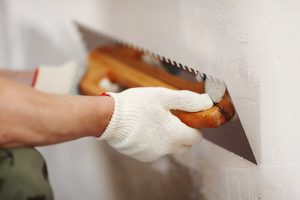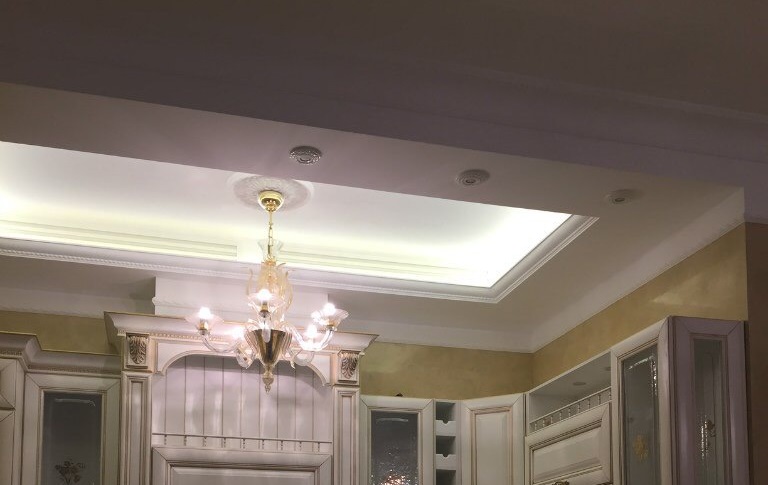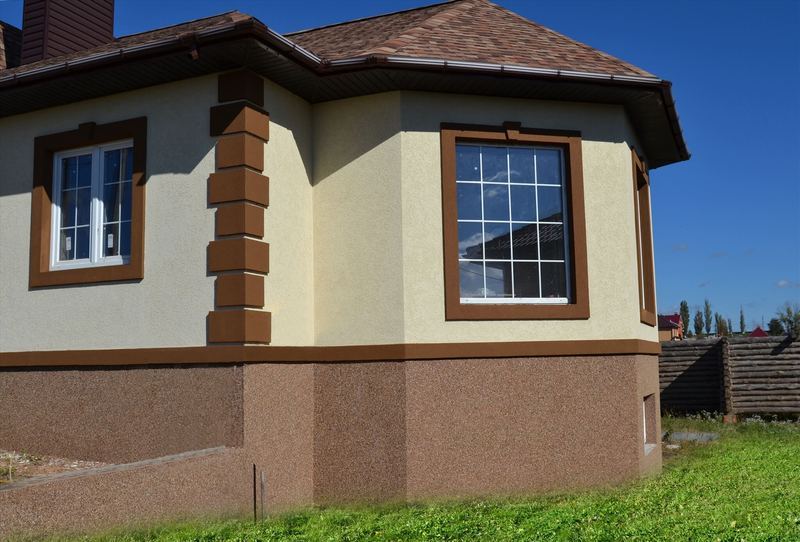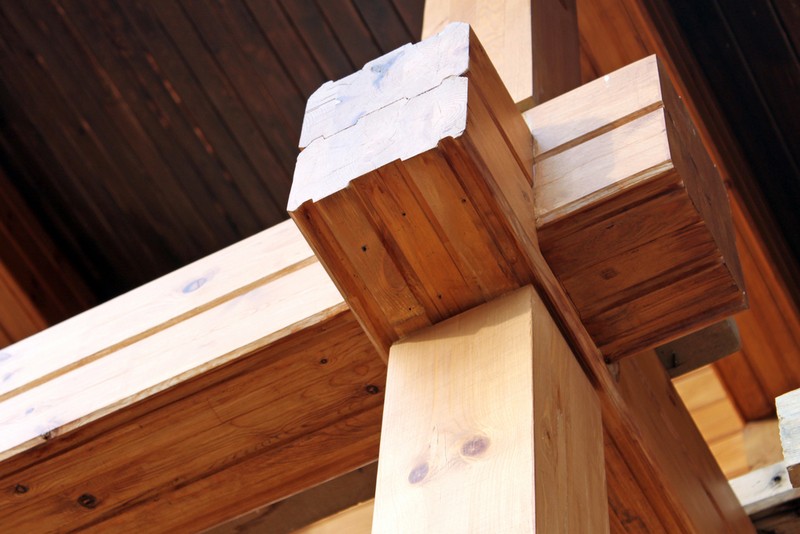LEVELING SURFACE WALLS IN ROOMS
 Regardless of what materials will be used for finishing walls – panels, wallpaper, ceramic tile, paint – their surface should be smooth and durable. To achieve the desired result, the method of puttying or applying plaster can be used. It should also be borne in mind that for different types of decorative coatings a different level of evenness is possible. For example, a perfectly flat wall is required for wallpaper and paint, and if you plan to finish with plastic panels, small irregularities are allowed on its surface.
Regardless of what materials will be used for finishing walls – panels, wallpaper, ceramic tile, paint – their surface should be smooth and durable. To achieve the desired result, the method of puttying or applying plaster can be used. It should also be borne in mind that for different types of decorative coatings a different level of evenness is possible. For example, a perfectly flat wall is required for wallpaper and paint, and if you plan to finish with plastic panels, small irregularities are allowed on its surface.
Align the walls in the room
Select alignment method
The wall surface can be leveled using special mortars or drywall, which has the following advantages:
More simple installation in comparison with use of other materials.
The minimum amount of garbage generated during the finishing work.
The ability to restore walls with any defects and curvature.
The disadvantages of drywall include:
Insufficient resistance to moisture, so it is not recommended for use in wet rooms.
Reducing the space of the room, which is especially important when repairing small apartments.
The smoothness of drywall sheets is not suitable for laying ceramic tiles.
Many experts recommend leveling the walls with mortars. This procedure is more complex, however, it is performed without loss of space.
Wall surface preparation
Types of mortar
To align the wall surfaces of concrete should use the highest quality mixture. Filling irregularities in this case is usually carried out with cement or plaster solutions. With the help of these compounds, concrete, brick or plastered walls can be leveled at any humidity indicators. Such mixtures can be purchased in finished form or made independently by mixing sand with cement in certain proportions.
Tools used
The following tools are needed to level the wall surface:
Large and small spatula, the first will be used to spread the mixture, and the second – for scooping it from the tank.
Trowel and plastering blade.
Building level.
Scoop and hatchet.
Big and small spatulas
Stages of work
Preliminary removal from the surface of all available fasteners.
Dismantling of sockets and their de-energizing, with the bulging wiring is best removed by placing it in special channels for cables.
Pollution Removal.
The application of primer, which increases the quality of adhesion, strengthens the wall and prevents the formation of bacteria.
Uniform distribution of the composition over the surface in neat circular motions.
Filling with a mixture of all cavities and cracks.
Apply a second layer of mortar (if necessary).
Sanding the wall with an emery cloth or special float, equipped with sandpaper. This operation can be performed only after the wall surface is completely dry.
Applying the mortar to the wall surface



